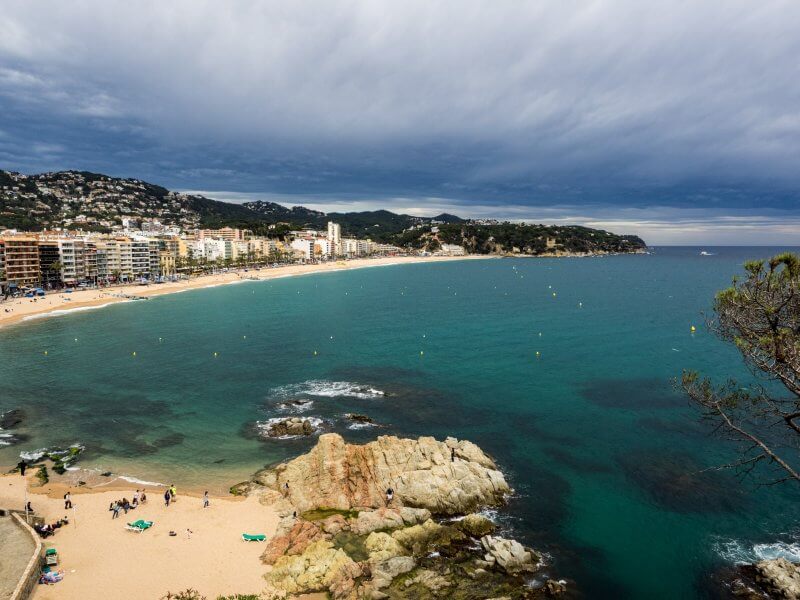Lloret de Mar, Spain-one of the most visited resorts on the Costa Brava, with pristine beaches, beautiful scenery and many interesting attractions.
General information
Lloret de Mar is a small resort town with a population of barely 40 thousand people, and a total area of about 50 km2. It is part of the province of Girona, which is part of the autonomous community of Catalonia. Being one of the most visited resorts on the Spanish Costa Brava, it attracts tourists of all ages and nationalities. So, at the height of the summer season with its noisy parties, laser shows and bright dance programs, there is nowhere to fall from the young people. But as soon as autumn comes, Lloret de Mar is filled with more mature people coming here from different parts of Europe.
Attractions and entertainment
Lloret de Mar is a typical Spanish resort with many different hotels, restaurants and cafes, shopping centers and clubs, bars, souvenir shops, shops and museums. Meanwhile, it has a long and rather interesting history, which has left its mark on the life and lifestyle of the local population. And most importantly – in addition to the traditional Old Town, which contains the main number of historical and architectural monuments, Lloret has many natural attractions, acquaintance with which is included in the mandatory tourist program.
Parish Church of Sant ‘ roma
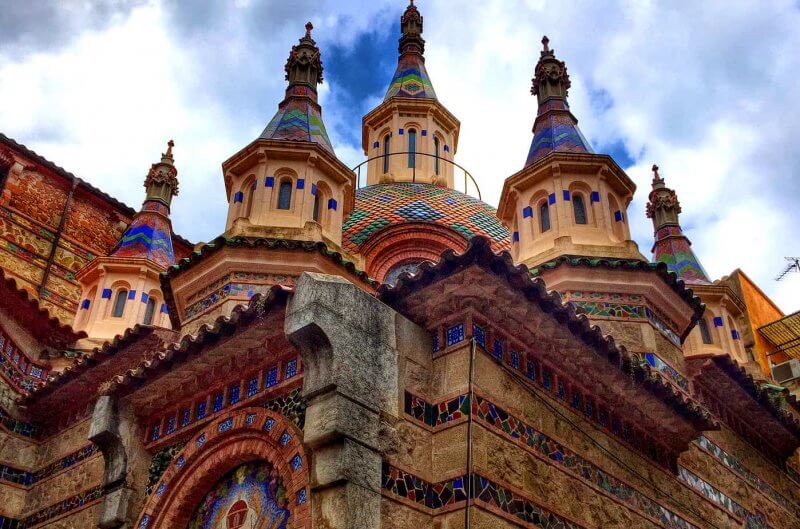
The Church of Saint Romanos, located on the Place de l’esglesia, can be called without exaggeration one of the most recognizable buildings in the city. The beautiful cathedral, built in 1522 on the site of an old dilapidated church, combines elements of several architectural styles at once-Gothic, Muslim, modernist and Byzantine.
At one time, the Parish Church of Sant Roma was not only the main city temple, but also a safe haven from possible attacks or attacks by pirates. In this regard, in addition to the traditional church elements, there were powerful fortress walls with loopholes and a drawbridge that ran through a deep moat. Unfortunately, most of these structures were destroyed during the Spanish Civil War that swept through Spain in the 1930s. The only object that managed to preserve its original appearance was the Chapel of the Holy Communion, which anyone can visit.
But despite numerous alterations and reconstructions, the exterior of the parish church of Sant ‘ Roma remains as beautiful as it was many years ago. You can admire the colorful mosaics that adorn the church towers and domes, Venetian paintings hanging next to the faces of saints, the main altar and 2 sculptural compositions created by Enrique Mongeau (statue of Christ and the Virgin of Loreto).
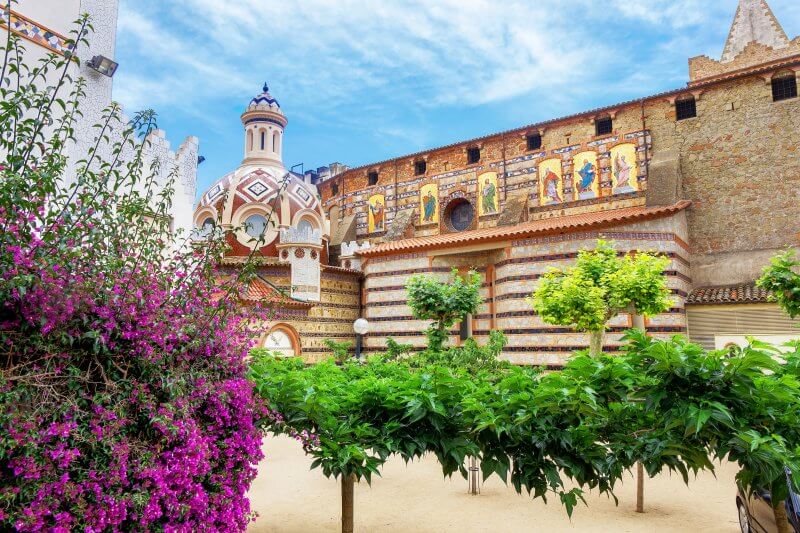
Currently, the Parish Church of Sant Roma is an active city church. You can get to it at any time of the year, but the best time to visit is considered to be the July feast of St. John the Baptist. Kristina. Admission to the church is free, but each visitor leaves a small donation.
Modernist cemetery
Another interesting attraction of Lloret de Mar in Spain is the old modernist cemetery, located near the Fenals beach. This open-air necropolis museum has become famous for a great variety of architectural monuments created by the best representatives of the modernist trend.
The cemetery, divided into 6 plots by bush fences, terraces and alleys, was founded by well-to-do townspeople who became rich on trade with America. On its territory, you can see family crypts, chapels and scripts decorated with stucco and fine stone carvings. Most map items have placards that indicate the author, date of creation, and style used. Among them, there are several works created by the students of the great Antoni Gaudi. On the central avenue of the Modernist Cemetery is the Chapel of St. Cyric, where masses and services are held.
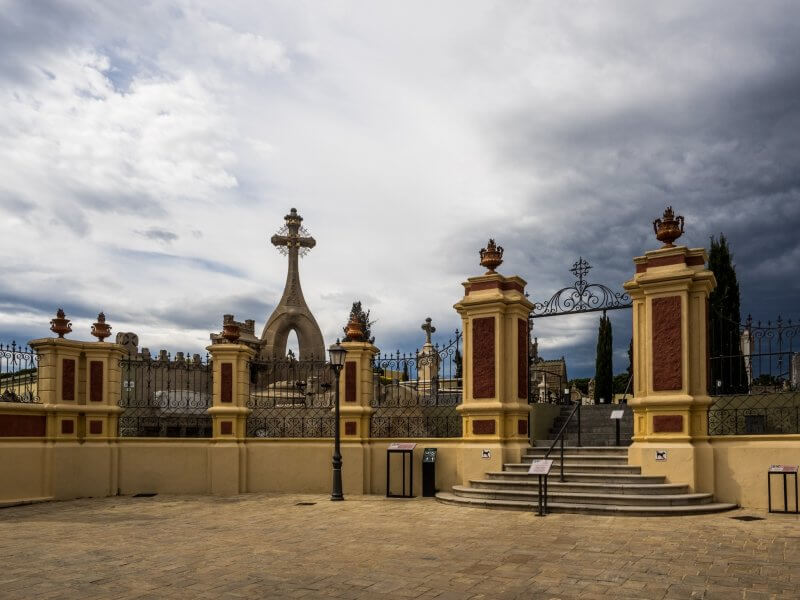
Operating mode:
- November-March: daily from 08: 00 to 18: 00;
- April-October: from 08: 00 to 20: 00.
Saint Clotilde’s Gardens
The Botanical Gardens of St. Clotilde, located between the beaches of Sa Boadea and Fenals, are a unique architectural and park ensemble designed by the famous Spanish architect Nicolau Rubio. Included in the list of the best landscape attractions of the 20th century, they amaze the imagination with their grace and beauty.
Like the Italian Renaissance gardens, the entire Jardines de Santa Clotilde is divided into several separate zones. In addition to decorative plantings with exotic flowers and picturesque terraces connected by stairways, you can see a lot of other interesting objects here. Among them, not the last place is occupied by open galleries, bronze and marble sculptures, gazebos wrapped in dense ivy thickets, as well as small natural grottoes and unusual fountains.
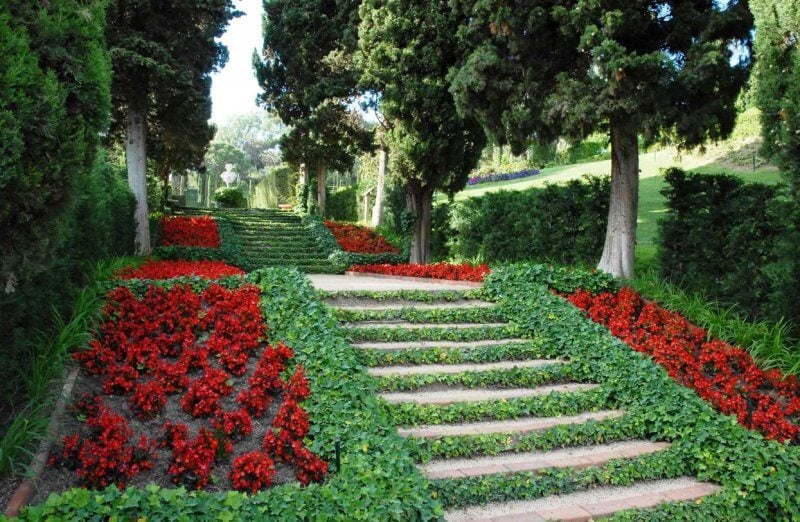
Thanks to the abundance of water and vegetation, it is pleasant to be here even in extreme heat. And if you want, you can safely arrange a picnic (officially allowed!) or go up to one of the viewing platforms located right on the cliff. In 1995, the Gardens of St. Clotilde were recognized as a national treasure of Spain. Currently, you can get to them both independently and with an organized tour. The latter are held on Saturdays and Sundays starting at 10: 30. When buying a ticket, each visitor receives an information booklet (available in Russian).
Operating mode:
- April to October: Mon-Sun from 10: 00 to 20: 00;
- November to January: Mon-Sun from 10: 00 to 17: 00;
- From February to March: Mon-Sun from 10: 00 to 18: 00.
The gardens are closed on 25.12, 01.01 and 06.01.
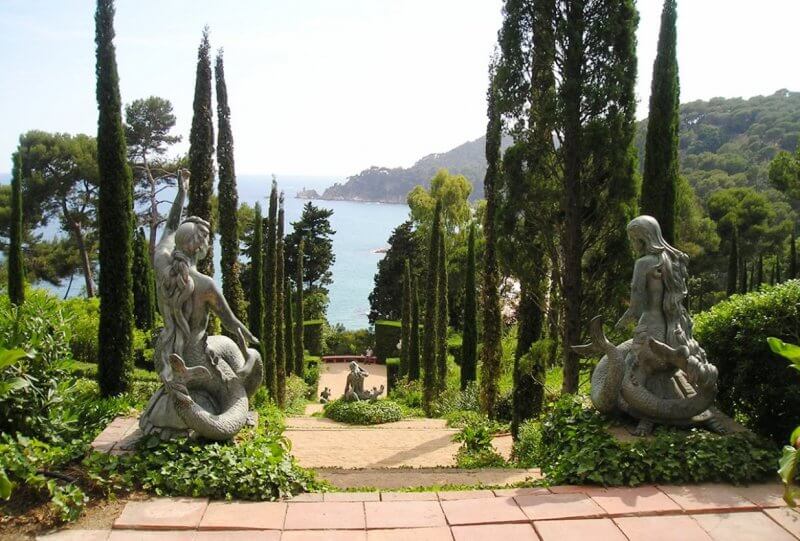
Ticket price:
- Adult – 5€;
- Preferential rate (pensioners, students, disabled people) – 2.50€.
Aquapark “Water world”
If you don’t know what to see in Lloret de Mar and what to do in between visiting historical sites, go to the “Water World”. A huge water park located in the city’s environs is divided into several zones, each of which corresponds to a certain level of difficulty (there is one for small children).
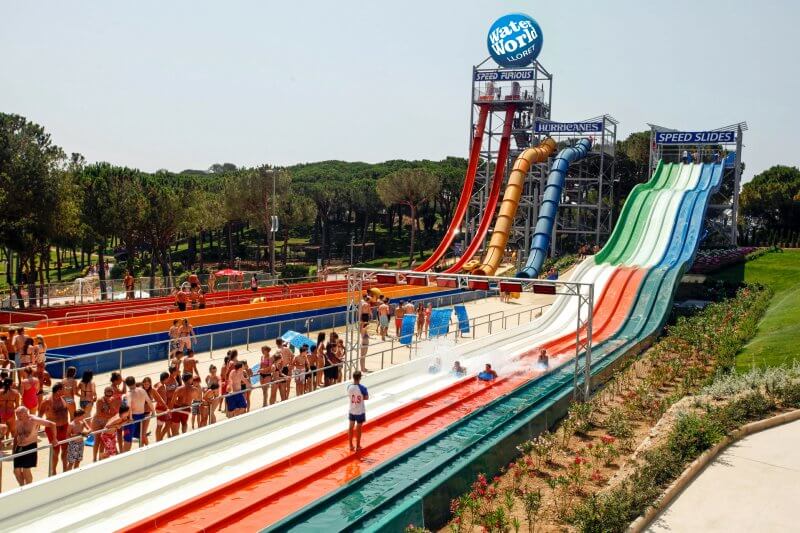
In addition to many exciting attractions, the complex has a relaxation island with a swimming pool, shower and Jacuzzi.
If you are hungry, you can have a snack at the cafe, which serves light snacks and delicious burgers for 6€. For photo lovers, there is a special device at the entrance to the water park that packs mobile phones in a waterproof plastic film. There is also a gift shop with various themed trinkets and a small boutique selling beachwear and bathing accessories.
The water in the aquapark is fresh. There are a lot of tourists in high season, and long lines line up for the most popular attractions, so it’s better to set aside a separate day to visit the “Water World”. You can get to the water park by taking a free bus from the city bus station. He goes 2 times an hour.
Operating mode:
- May 20-May 21: daily from 10: 00 to 18: 00;
- June 1-June 31: daily from 10: 00 to 18: 00;
- July 1-August 31: daily from 10: 00 to 19: 00;
- September 1-September 22: daily from 10: 00 to 18: 00.
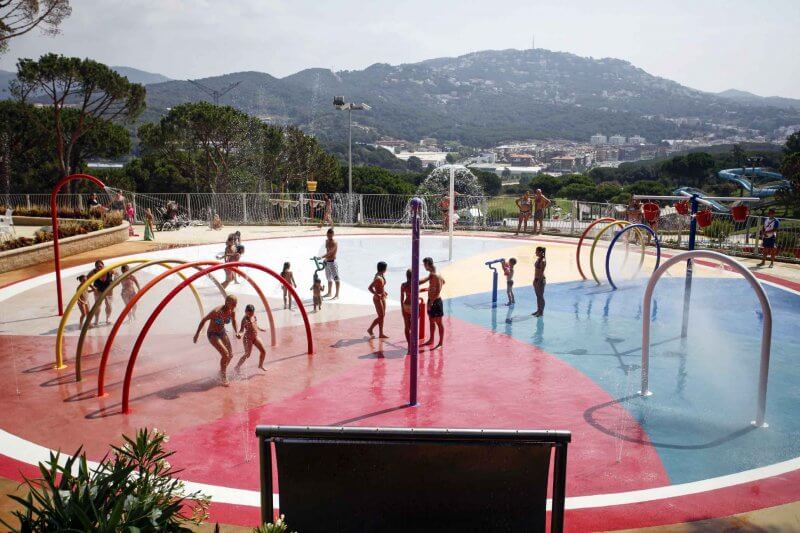
Ticket prices depend on the user’s height and status:
- 120 cm and above – 35€;
- 80 cm-120 cm and seniors over 65 – 20€;
- Up to 80 cm – free of charge.
If you visit 2 days in a row, you can get a good discount. It is also issued by travel agencies located on the streets of Lloret de Mar. Safe deposit box and sunbed rental are charged separately (5-7€).
St. Christina’s Chapel
Among the most popular attractions in Lloret de Mar is a small chapel built in 1376 in honor of the city’s main patroness. A curious legend is connected with the history of this oratory, according to which a young man who was engaged in grazing goats discovered a sculpture of St. Christina on a cliff.
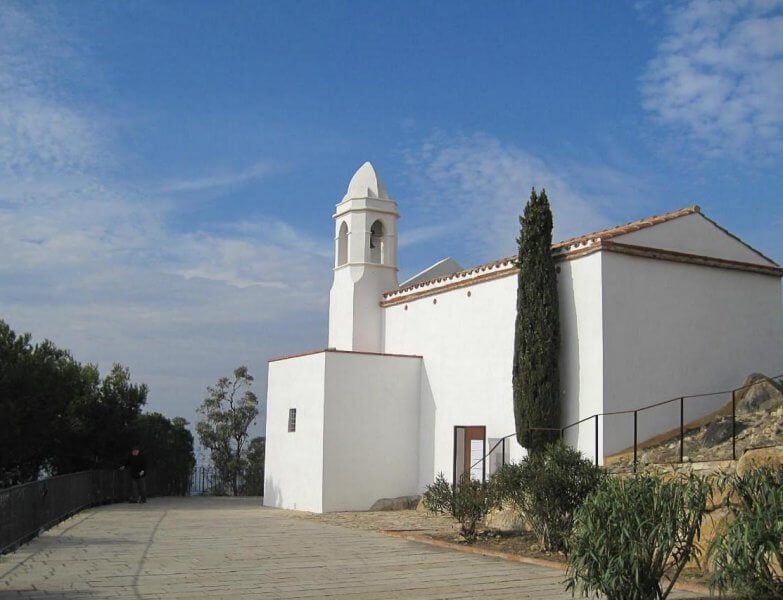
The wooden statue was immediately moved to the church, but the next day it was in its original place. Taking this as a sign from above, the parishioners decided to build a small chapel on the mountainside, which later turned into one of the most important religious shrines. Now it has a permanent exhibition of miniature ships, retablo, exvoto and other gifts made for the fulfillment of wishes.
- The city center is 3.5 km away from Ermita de Santa Cristina.
- Opening hours: Mon-Fri from 17: 00 to 19: 00.
- Admission is free.
The best time to visit is from July 24 to 26, when the city hosts a solemn procession of pilgrims, ending with folk festivals and fireworks in honor of the patron saint of Loret.
Beaches
Looking at the photos of Lloret de Mar in the tourist avenues, it is impossible not to notice its beautiful beaches, awarded with the Blue Flag award. Being one of the main natural attractions of the resort, they annually attract a huge number of tourists. Today we will talk only about the most popular ones.
Fenals
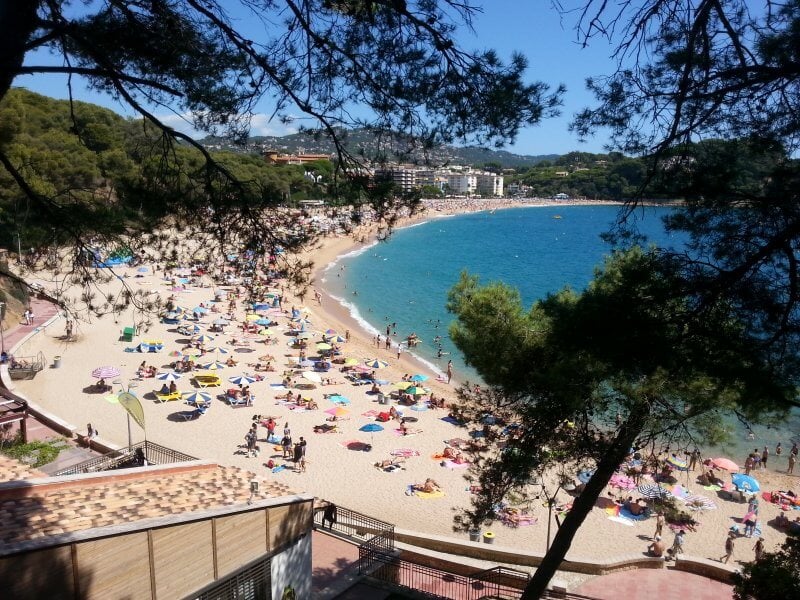
Located in a small, picturesque cove, Playa de Fenals is just over 700 m long. Its entire territory is covered with clean coarse-grained sand, which does not stick to shoes or clothing. The sea here is quiet and absolutely transparent, but the descent to the water is steep, and the depth comes already a few meters from the shore. True, there are more gentle areas on this beach, which can be recognized by the abundance of vacationers with children.
Natural shade on the coast is provided by a dense pine forest, where you can hide from the scorching midday sun. The main feature of Fenals is the absence of a large number of people and a well-developed infrastructure that contributes to a good rest. On the territory there are shops, cafes, restaurants, secure Parking, ice cream kiosks, a gym, changing rooms, toilets and showers. There is a diving center and a rental station for various sea vehicles (catamarans, speedboats, jet skis, kayaks, etc.). A special ramp with special swimming chairs is provided for guests with reduced mobility. There is also a kids ‘ club with animators and free Wi-Fi.
Sun beds and umbrellas are available at Playa de Fenals for a fee. Active recreation is represented by water skiing, cheesecake and banana, skydiving, as well as aerobics, weightlifting and sports dancing. For this purpose, professional instructors work on the sports field.
Admission: 5€.
Cala sa Boadella
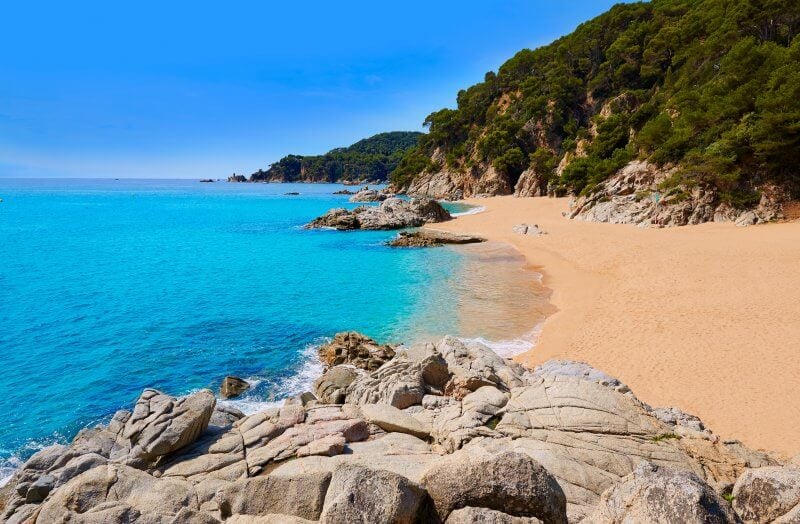
An equally popular natural attraction in Lloret de Mar on the Costa Brava is Cala sa Boadella. The picturesque area, framed by wooded rocks, can be secretly divided into 2 parts. In one of them, nudists sunbathe and swim, in the other – the most diverse audience, among which there are both naked and dressed vacationers. If you really want to visit this place, but do not want to observe such a picture, come in the afternoon-around 14: 00.
The length of Playa Cala Sa Boadella, covered with coarse golden sand, is no more than 250 m. On the territory there are toilets, showers, a bar, a cafe, a sunbed rental service and a secure Parking lot. There is a swimming area for children, but there are no paths for baby strollers. You can’t get here in a wheelchair either, because the road to the coast runs through the forest.
Admission: free of charge.
Lloret
Platja de Lloret is the city’s main beach, located in the central part of the coast. Despite the long (more than 1.5 km) and rather wide (about 24 m) coastline, it can be quite difficult to find a “free corner” here. Lloret is covered with coarse sand. The entrance to the water is relatively gentle, but the depth increases very quickly, and the bottom almost immediately turns into a cliff.
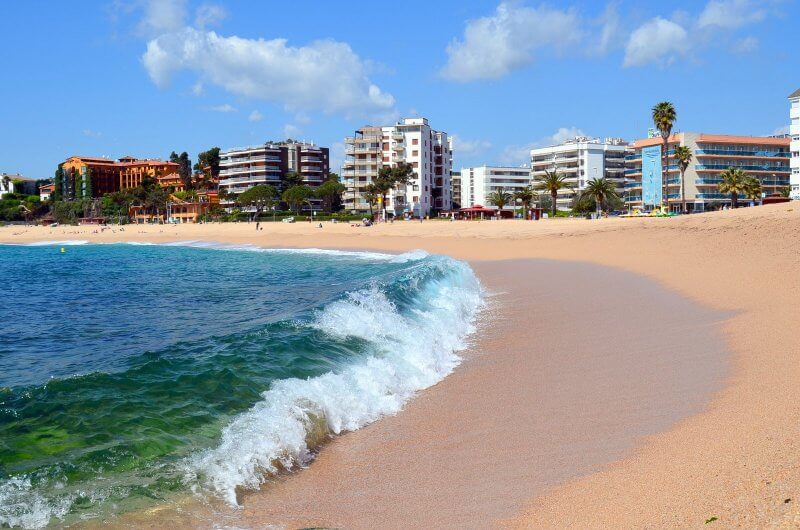
The infrastructure of the beach is represented by various catering establishments, its own bakery, rental of sun loungers, umbrellas and sun beds, changing rooms, toilets and showers. There is a medical center and a rescue service, there are tables for changing diapers. Wi-Fi is available throughout the property, and there is a children’s center with animators.
In addition to traditional water activities, guests can enjoy boat or yacht trips. Sports and playgrounds are provided for the youngest visitors. Free car parking is available nearby.
Admission: free of charge.
Santa Cristina
Playa de Santa Cristina, which is about 450 m long, is popular not only among tourists, but also among the local population. The surface is fine sand, the entrance to the sea is gentle, the bottom is soft and sandy. The depth increases quite quickly, strong waves and wind are quite rare.
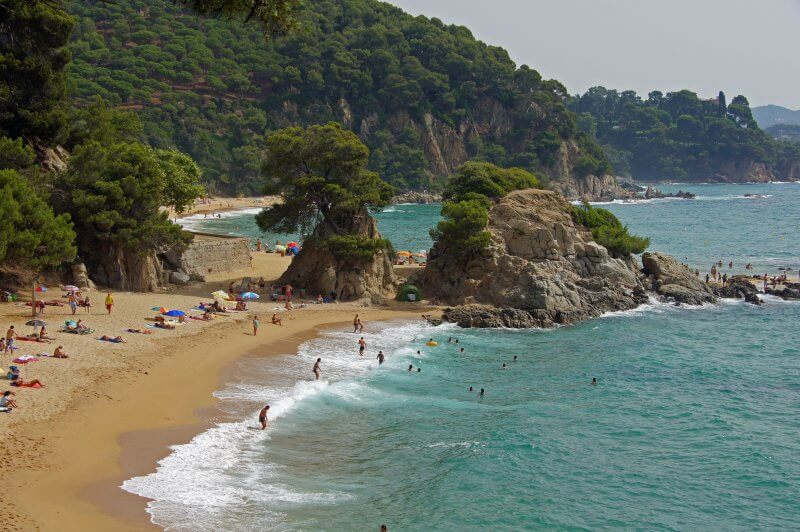
In addition to the traditional beach facilities, Santa Cristina also has a tennis court and a sports field. A rescue service is on duty throughout the day, and there is a well-equipped parking lot near the coast. A narrow path leads to the chapel of the same name.
Admission: free of charge.
Accomodation
Despite its compact size, Lloret de Mar (Spain’s Costa Brava) offers a wide range of accommodation designed for both luxury and budget holidays. At the same time, the area of residence in principle does not matter much, because one way or another you will still find yourself near a particular beach.
It should also be noted that Lloret is considered a relatively inexpensive resort, so there are always a lot of young people here,and with it all the accompanying entertainment. On the one hand, this is good, on the other – in the city center, even at night, it is never absolutely quiet.
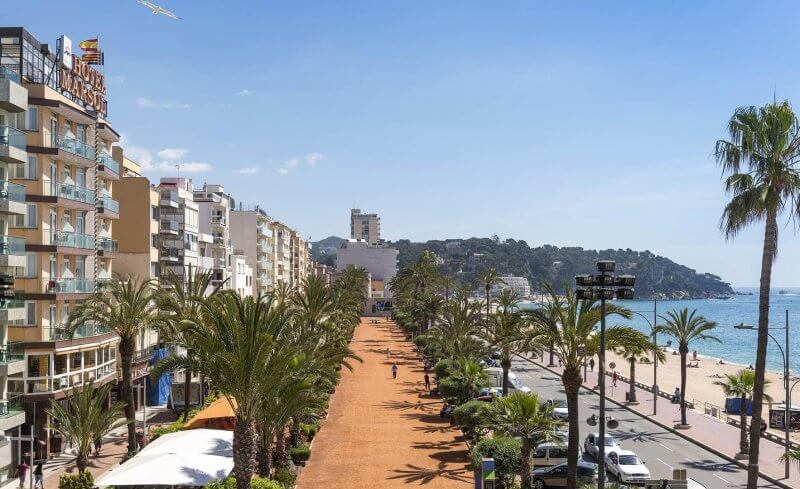
As for a particular beach, accommodation on each of them has its own characteristics. So, on Avinguda de Just Marlès Vilarrodona street, located next to Platja de Lloret, you can find not only hotels of various classes, but also a huge number of bars, clubs, discos and other entertainment venues. There is also a local bus station at the end of the same street, from which you can go to neighboring cities (Barcelona and Girona). For those who are looking for a more peaceful place, Platja de Fenals is perfect, located some distance from popular entertainment venues and offering a quiet family holiday.
If we talk about prices, accommodation in a 3* hotel is from 40 to 80€ per day, while the cost of a double room in a 5* hotel starts from 95€ for the same period. Prices are indicated for the summer period.
Weather and climate – when is the best time to arrive?

The seaside resort of Lloret de Mar is located in the subtropical Mediterranean zone, which is characterized by a mild and pleasant climate. The mountains that surround the city from almost all sides protect its bays from strong winds and provide excellent conditions for recreation. Moreover, Lloret de Mar is considered one of the coolest resorts in Spain. The air temperature in the high season, which lasts from early May to mid-October, rarely rises above +25…+28°C, and even those are transferred much easier than in other latitudes. As for the water temperature, it warms up to +23…+25°C at this time.
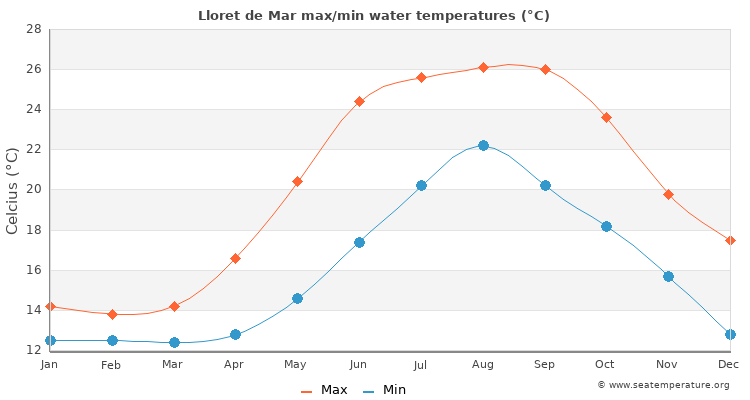
The hottest summer month can be safely called August, and the rainiest June-precipitation during this period is given at least 10 days, but even then there is no significant cooling in Lloret de Mar. With the onset of July, the number of rainy days gradually decreases, and breezes are formed all over the Costa Brava, which are the dream of any surfer.
With the arrival of winter, the air temperature drops to +10°C, and the water cools down to +13°C. However, even in the low season, Lloret de Mar has a lot to do – this is the best time for sightseeing tourism.
How to get there from Barcelona?
There are 2 ways to get from the Catalan capital to the famous resort town. Let’s look at each of them.
Method 1. By bus
The Barcelona-Lloret de Mar bus, which departs from T1 and T2, runs several times a day. It takes about 2 hours to get to the center of the resort. A one-way ticket costs€13.
Method 2. By taxi
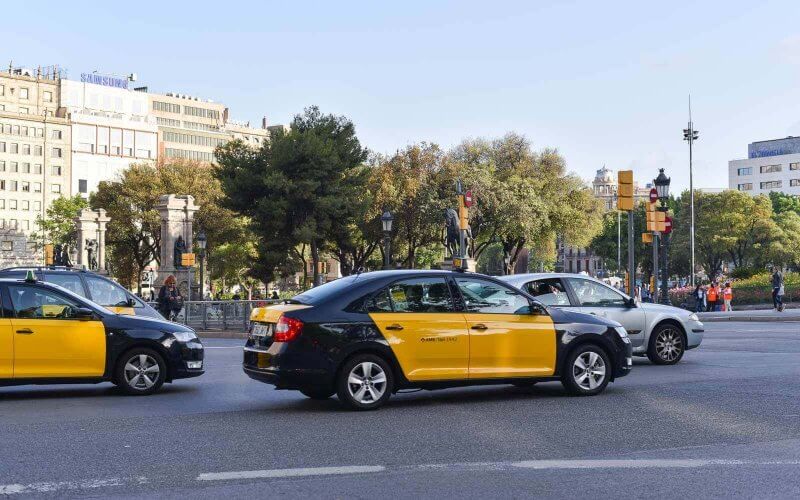
You can take a taxi right at the exit of the terminal. Their services are not cheap – about 150€. However, if you take the maximum number of fellow travelers, you can save a lot on travel.
Interesting facts
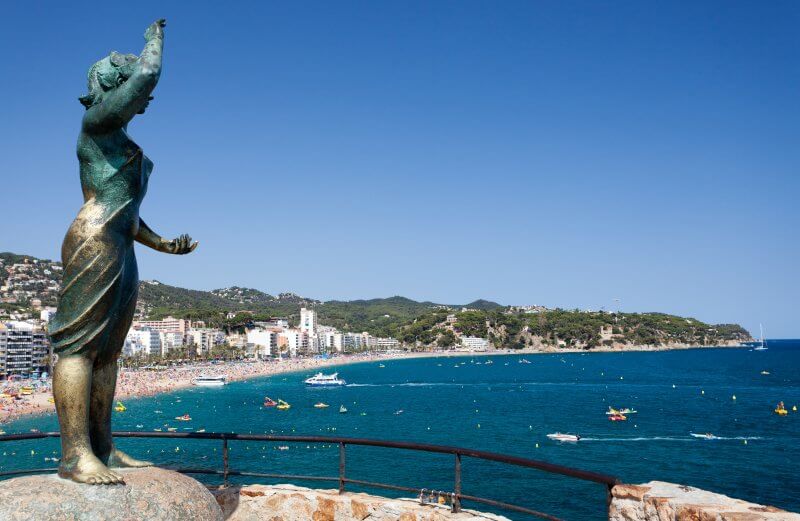
In the history of the resort of Lloret de Mar (Spain) there are many interesting facts. Here are just a few of them:
- On a cliff near the city’s central beach, you can see the bronze sculpture “The Sailor’s Wife”, installed in 1966 for the millennial anniversary of Lloret de Mar. They say that if you look in the same direction as Dona marinera, touch her foot and make a wish, it will definitely come true.
- There are 2 versions of where the name of this city came from. According to one of them, it is based on the old Spanish word “crying” (it turns out that the inhabitants of Lloret cry by the sea), but according to the second, the laurel tree gave its name to this settlement, which became its main symbol. Today, small columns with the image of the laurel are installed on almost every street.
- One of the most famous local dances is les almorratxes, a fidelity dance in which men present clay jugs to ladies, who then violently smash them to the ground.
- The city is growing so fast that it is only a matter of time before it merges with neighboring Blanes.

